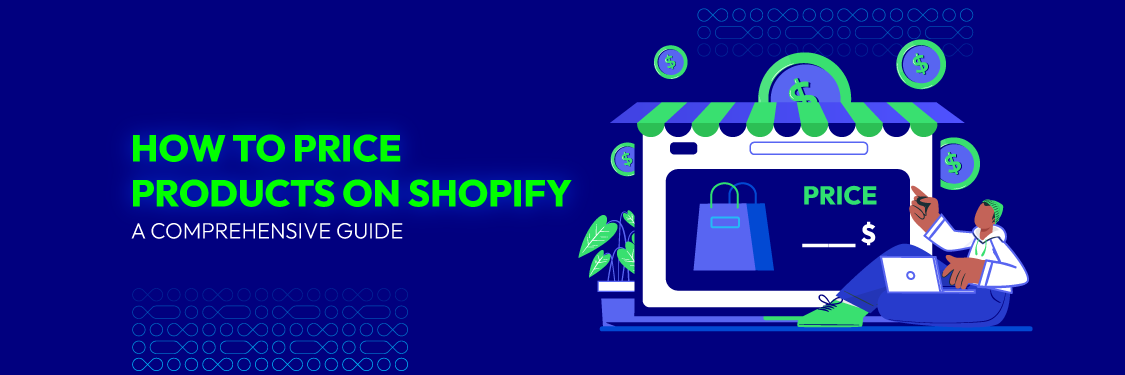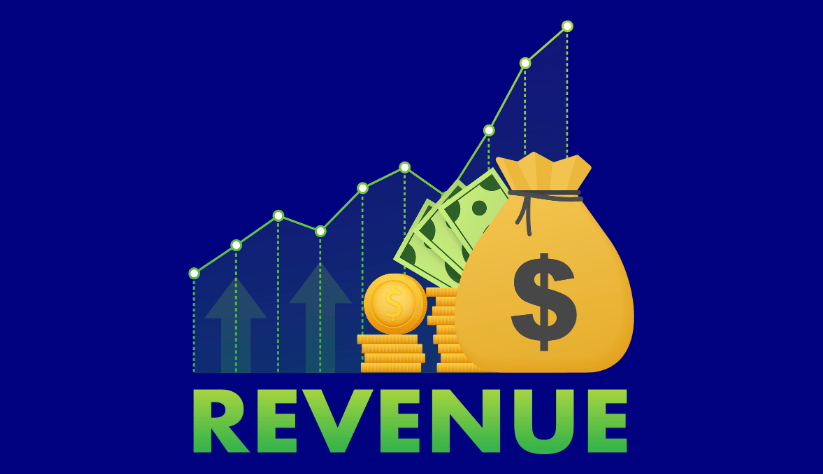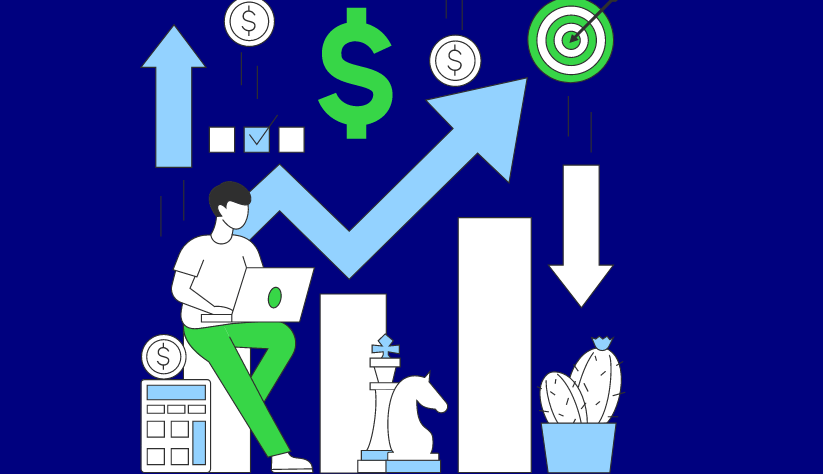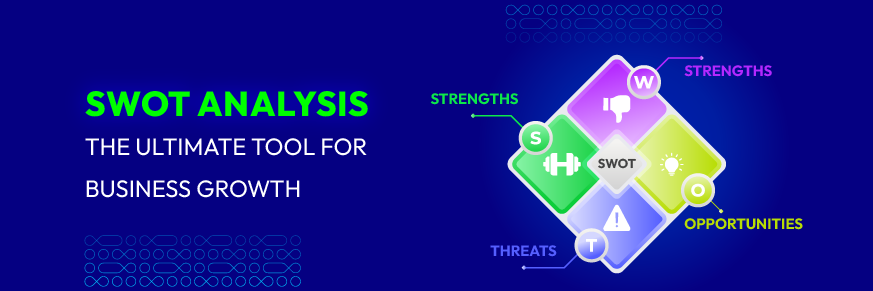How to Price Products on Shopify: A Comprehensive Guide
Summer Nguyen | 01-23-2024

Pricing is a vital factor that can make or break your Shopify store’s success. Are you wondering how to set prices that attract customers, boost sales, and ensure sustainable profitability?
In this article, Mageplaza will equip you with the knowledge and strategies needed to master how to price products on Shopify. We’re here to help you navigate the complexities and maximize your Shopify store’s potential.
Table of Contents
What is Product Pricing on Shopify?
Product pricing on Shopify refers to the process of determining the selling price for the products you offer in your Shopify-based e-commerce store. It involves setting a specific price for each item or product category you sell on your website.

Proper product pricing is a crucial aspect of running a successful online store, as it directly impacts your profitability, sales, and competitiveness in the market.
Why is Product Pricing Important for Your Shopify Store?
Product pricing is critically important for your Shopify store for several reasons:
- Profit maximization: Proper pricing ensures that you generate enough revenue to cover your costs and earn a profit. It directly impacts your store’s financial health and sustainability. Effective pricing strategies can lead to higher profit margins and increased profitability.
- Competitive advantage: Competitive pricing allows you to position your store favorably in the market. By offering products at a competitive price point, you can attract price-sensitive customers and compete effectively with other e-commerce businesses.
- Customer attraction: Pricing affects customers’ perception of your store. You have a higher probability of drawing in and keeping customers if your products are reasonably priced and offer good value. Price is often one of the first factors customers consider when purchasing.
- Sales volume: The right pricing strategy can stimulate sales. Lower prices may encourage more customers to buy, while higher prices can yield larger profit margins per sale. Your pricing strategy should find a harmony between volume and profit margin.
- Revenue growth: Effective pricing can drive revenue growth. By optimizing your prices and experimenting with pricing strategies, you can increase sales and overall revenue for your Shopify store.

- Market positioning: Pricing can help position your brand and products in the market. Premium pricing suggests high quality, exclusivity, or luxury, while lower prices can indicate affordability or value for money. Your pricing strategy should align with your brand’s image and target audience.
- Customer loyalty: Consistently fair and competitive pricing can build customer trust and loyalty. When customers feel they are getting a fair deal, they are more likely to return to your store for future purchases.
- Adaptation to market changes: The e-commerce market is dynamic, with prices subject to fluctuations driven by factors like shifts in supply and demand, competitor actions, and economic conditions. Regularly monitoring and adjusting your prices allows you to respond to market shifts and maintain competitiveness.
- Profit margin control: Pricing enables you to control your profit margins. You can adjust prices based on the products’ profitability and the goals of your business. For example, you might be willing to accept lower margins on certain items if they drive traffic to your store or complement higher-margin products.
- Marketing and promotion: Pricing plays a significant role in your marketing and promotional strategies. Discounts, sales events, and promotions can be powerful tools to attract customers and clear inventory. Proper pricing is essential to ensure these strategies are effective without negatively impacting your profitability.
- Data-driven decision making: Pricing data provides valuable insights into customer behavior and product performance. Analyzing sales data and pricing experiments can help you make informed decisions to optimize your store’s performance.
How to Price Products on Shopify
Pricing your products effectively on Shopify is essential for the success of your e-commerce store. Here’s a step-by-step guide on how to price products on Shopify:
Calculate Your Costs
Begin by thoroughly calculating all the costs associated with your products. This includes:
- Manufacturing or sourcing costs (raw materials, labor, production).
- Shipping and fulfillment costs.
- Overhead expenses (rent, utilities, insurance).
- Shopify’s monthly fees and transaction fees.
- Marketing and advertising costs.
This comprehensive cost analysis is the foundation of your pricing strategy.
Determine Your Desired Profit Margin
Determine the desired profit margin for each individual product or product category. This is the percentage of profit you generate on each sale after deducting your costs. Your desired margin should align with your business goals and industry standards.
Understand Market and Competition
Research your competitors on Shopify and within your industry. Analyze how they price similar products and identify gaps or opportunities for differentiation. Understand your target market’s preferences and price sensitivity.
Set a Competitive Price
Consider pricing your products competitively, especially if you’re in a competitive market. You can choose to price your products similarly to competitors, slightly above if you offer added value, or slightly below if you want to attract budget-conscious shoppers.
Factor in Fixed and Variable Costs
Account for both fixed costs (e.g., Shopify subscription, rent, salaries) and variable costs (e.g., shipping fees, payment processing fees) when setting prices. Ensure that your pricing covers all expenses and provides room for profit.
Consider Perceived Value
Assess the perceived value of your products in the eyes of your customers. Factors like product quality, branding, customer reviews, and unique features can influence the perceived value. Price your products in line with their perceived value.
Implement Pricing Strategies
Explore different pricing strategies, such as:
- Cost-Plus Pricing: Apply a markup to your costs to establish the selling price.
- Value-Based Pricing: Establish prices by considering the perceived value to the customer
- Competitive Pricing: Price in alignment with competitors.
- Dynamic Pricing: Adjust prices based on real-time market demand and factors like seasonality or inventory levels.
Offer Discounts and Promotions
Plan when and how you’ll offer discounts, promotions, or bundles. Promotions can be a valuable tool for attracting customers and increasing sales, but ensure they align with your profit goals.
Test and Monitor

Regularly test and monitor your pricing strategy. Use A/B testing to experiment with different price points and assess their impact on sales and profitability. Shopify offers tools and apps to help you with this.
Stay Informed About Costs and Market Changes
Keep track of changes in your costs and market conditions. Adjust your pricing strategy accordingly to remain competitive and profitable.
Optimize Over Time
Pricing is not static. Continuously evaluate and adjust your prices based on sales data, customer feedback, and changing market dynamics.
Communicate Value
Use compelling product descriptions, high-quality images, and customer reviews to clearly communicate the value of your products to potential buyers. Emphasize how your products meet the needs and desires of your target audience.
8 Factors to Consider When Pricing Products on Shopify
Pricing products on Shopify is a crucial aspect of running a successful e-commerce business. Several factors should be considered to determine the right pricing strategy for your products. Here are some key factors to consider:
1. Cost of Goods Sold (COGS)
COGS serves as the foundation of your pricing strategy. It symbolizes the direct expenses linked to producing, sourcing, or acquiring the products you sell on Shopify. When calculating COGS, consider the following components:
- Manufacturing costs: Include expenses related to manufacturing or production, such as labor, machinery, and production facilities.
- Materials costs: Factor in the cost of raw materials and components used to create your products.
- Shipping costs: Account for the cost of shipping materials and shipping fees to get the products to your location or warehouse.
- Overhead costs: Some indirect expenses, like utilities, rent, and equipment maintenance, may also be allocated to your COGS.
It’s essential to have a precise understanding of your COGS because it determines the minimum price at which you can sell your products to cover your costs. To achieve profitability, your selling price should be higher than your COGS.
2. Competitor Analysis
Competitor analysis on Shopify involves researching and understanding how your competitors price their products. Here are steps to perform effective competitor analysis:
- Identify competitors: Identify your key competitors on Shopify and in your industry. Look for stores that offer similar products to yours.
- Analyze pricing strategies: Study their pricing strategies. Determine if they use value-based pricing, cost-plus pricing, or other approaches.
- Price points: Examine the specific price points they use for similar products. Note any patterns or trends in their pricing.
- Promotions: Analyze how often they run promotions or discounts and under what circumstances.
- Unique selling proposition (USP): Consider what unique selling points or features your competitors emphasize and how they reflect in their pricing.
Competitor analysis helps you gauge the pricing landscape in your market. You have the choice to determine whether to price your products similarly, competitively, or at a premium based on your brand positioning and unique value proposition.
3. Market Research
Market research involves deeply understanding your target market’s preferences, behavior, and willingness to pay. Here’s how to conduct effective market research:
- Customer surveys: Conduct surveys or questionnaires to gather insights directly from your target audience. Ask about their price expectations, preferences, and pain points.
- Customer behavior analysis: Analyze historical sales data to identify price-sensitive products or customer segments. Look for trends in purchasing behavior.
- Competitor research: Leverage the findings from competitor analysis to understand how similar products are priced in your market.
- Market trends: Stay updated on market trends, emerging customer needs, and shifts in demand. These trends can affect pricing decisions.
Market research helps you align your pricing with customer expectations, ensuring that your prices are competitive and appealing to your target audience.
4. Profit Margin Goals
This is the percentage of profit you aim to make on each sale after covering all costs, including COGS, fixed expenses, and variable costs. Setting profit margin goals is crucial for your business’s financial sustainability. Consider the following when setting profit margin goals:
- Business objectives: Your profit margin goals should align with your overall business objectives. For instance, if you’re in a growth phase, you may prioritize lower margins to attract more customers.

- Industry standards: Research industry standards for profit margins. Understanding what is typical in your industry can guide your pricing decisions.
- Market conditions: Take into account the present market conditions and the competitiveness of your products. Highly competitive markets may require lower profit margins.
Your profit margin goals are central to determining the balance between revenue and profitability. Striking the right balance ensures that you can sustain your business while achieving your financial objectives.
5. Fixed and Variable Costs
Pricing on Shopify should account for both fixed costs and variable costs to ensure your business remains profitable. Here’s a closer look at these cost considerations:
- Fixed costs: These are expenses that remain relatively constant regardless of your sales volume. Examples include your Shopify subscription fees, rent or lease payments for your physical store or warehouse (if applicable), employee salaries or wages, and insurance premiums. To maintain profitability, your pricing strategy must generate enough revenue to cover these fixed costs.
- Variable costs: Variable costs fluctuate with your sales volume or production levels. Examples include shipping fees, payment processing fees (like credit card processing fees), and the expenses associated with packaging materials. When determining your pricing, it’s essential to factor in these variable costs to ensure you’re covering them with your revenue. Variable costs often vary per unit sold, so understanding your sales volume is crucial.
Pricing should strike a balance between covering both fixed and variable costs while also allowing room for profit. Ignoring either category of costs can lead to financial instability in your e-commerce business.
6. Demand Elasticity
Understanding demand elasticity is critical for setting the right price points for your products. Demand elasticity refers to how sensitive customer demand is to changes in price. Here’s how it works:
- Elastic demand: When demand is elastic, customers are highly responsive to price changes. Decreasing the price can significantly increase sales, while increasing the price can lead to a substantial drop in demand. Products with many substitutes or alternatives often have elastic demand.
- Inelastic demand: In contrast, inelastic demand means customers are less sensitive to price changes. Even if you raise the price, demand remains relatively stable. Products with few substitutes or that fulfill essential needs typically have inelastic demand.
Understanding the elasticity of your products helps you make informed pricing decisions. For products with elastic demand, you might consider pricing competitively to capture a larger market share. For products with inelastic demand, you may have more flexibility to set higher prices while maintaining demand stability.
7. Value Proposition
The value proposition represents the perceived value of your products in the eyes of your customers. Pricing should align with this value proposition. Here’s how to consider your value proposition:
- Quality: If your products are of high quality and offer unique features or benefits, you can often command premium prices.
- Brand Reputation: Trusted and long-established brands can price their products higher due to the trust customers have in the brand.

- Customer reviews: Positive reviews and testimonials can enhance the perceived value of your products, supporting higher price points.
- Exclusivity: If your products are exclusive or hard to find elsewhere, you may have more flexibility in pricing.
Ensure that your pricing strategy aligns with the perceived value you’re offering customers. Communicate this value through your marketing materials, product descriptions, and website design to justify your price points.
8. Promotions and Discounts
Promotions and discounts play a significant role in attracting customers and driving sales on Shopify. However, implementing them effectively requires careful consideration:
- Timing: Plan when to run promotions or discounts strategically. Common times include holidays, seasonal events, or clearance sales to move excess inventory.
- Discount types: Determine whether to offer percentage-based discounts, fixed-dollar discounts, buy-one-get-one (BOGO) deals, or bundle discounts. Each type has different impacts on customer behavior and profitability.
- Profit margin protection: While discounts can boost sales, be cautious not to erode your profit margins to the point of unprofitability. Calculate the impact of each discount on your profitability before implementing it.
Use promotions and discounts as tools to attract and retain customers, clear out slow-moving inventory, or drive sales during specific periods. However, always keep an eye on your bottom line to ensure you remain profitable.
FAQs about Product Prices
- How do I set prices for my products on Shopify?
To establish pricing for your products on Shopify, access your Shopify admin dashboard and navigate to the product you want to price. Then, click on the product and go to the “Pricing” section, where you can input the specific price.
- How do I run promotions or offer discounts on Shopify?
You can run promotions or offer discounts on Shopify by creating discount codes or setting up automatic discounts. These can be applied to specific products, collections, or orders. You can also schedule discounts for specific dates.
- Should I offer free shipping, and how does it affect pricing?
Offering free shipping can be an attractive option for customers, but it should be factored into your pricing strategy. You can either include shipping costs in the product price or absorb them as a business expense.
- Are there any legal considerations when pricing products on Shopify?
Ensure your pricing complies with laws and regulations, such as truth in advertising and pricing transparency laws. Be transparent about additional fees, taxes, and shipping costs.
Conclusion
Remember that pricing is both science and art, requiring constant adaptation. Shopify equips you with the tools, but your success ultimately hinges on finding the balance between profitability and customer value.
Keep learning, stay agile, and never stop refining your pricing strategies. Here’s to your Shopify store’s continued growth and prosperity!







